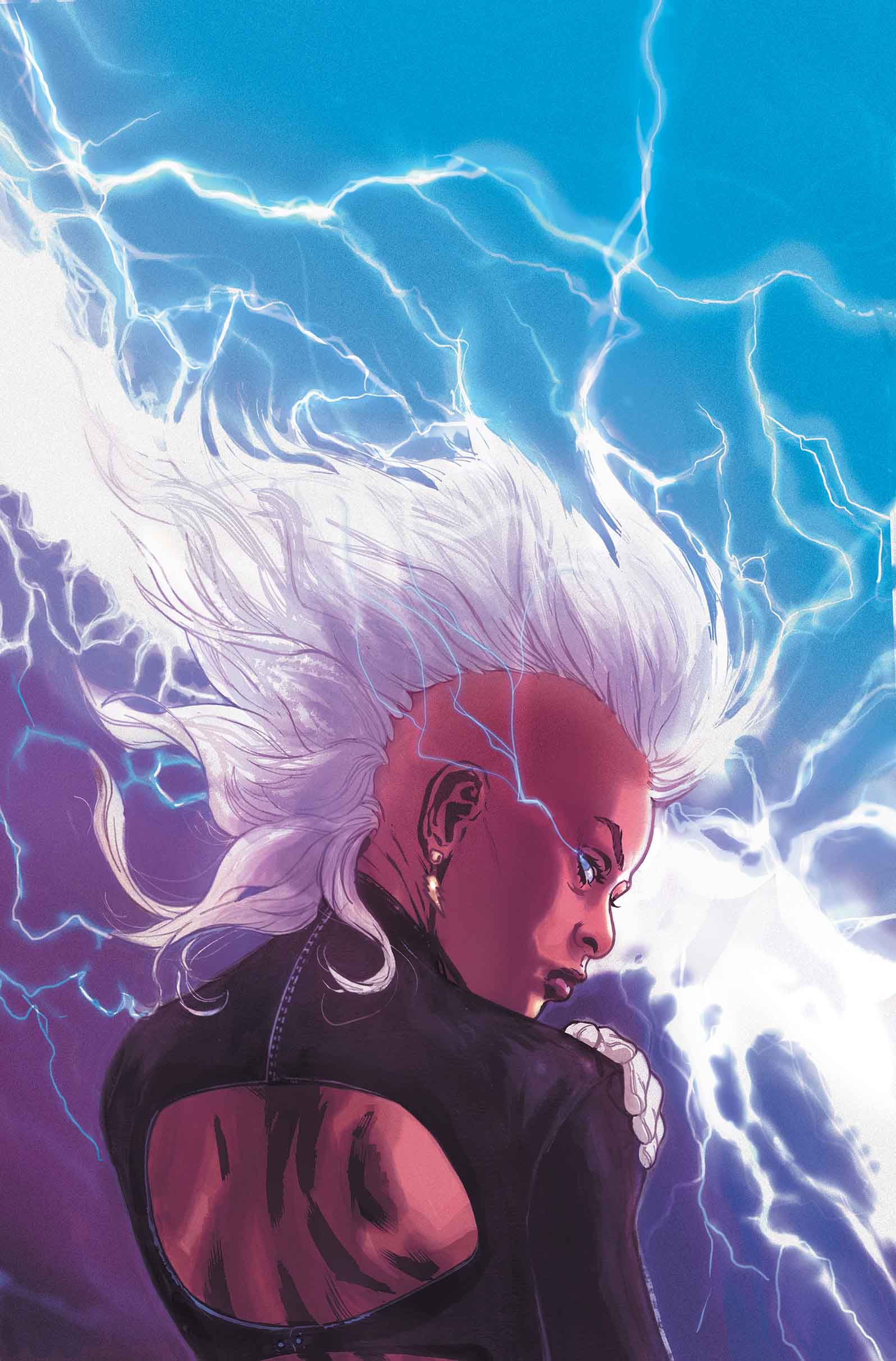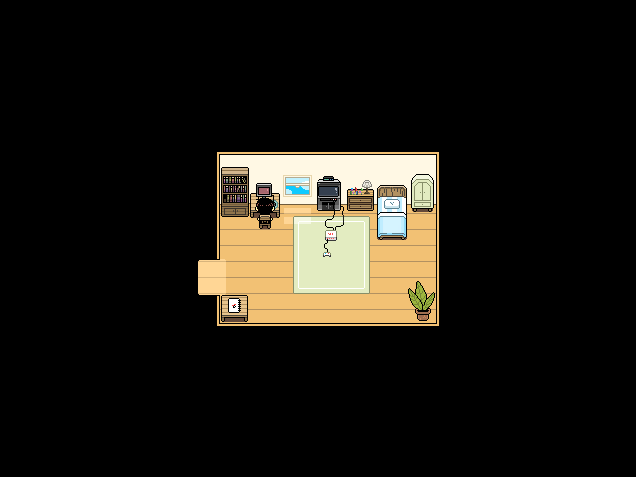
By “Cornelius Stuyvesant”
[This opinion piece was submitted to us; the author would rather not use his name, but we thought it was sufficiently indicative of some opinions on the new Comixology App that it was worth running. The opinions expressed do not necessarily reflect those of The Beat -- Editor]
Comixology has always had great PR when it came to interaction with the overall comic book community. A lot of talk regarding how important local stores are, the role of digital comics in expanding the marketplace, customer focused products, and so on have been a stable of any interview or con appearance the company has done.
All this was reinforced with the role Comixology played in having a popular iOS application that made digital comics an impulse purchase for the non-comic reading public. This can not be overstated enough as for a long time now the only people that have bought comics are those that have set out to buy comics. Getting comics into the hands of people whose goal was never to make that purchase is the only way the industry could grow. The Comixology app fill that role in a high visibility way when the iPad was new any and everyone was desperate to put these new devices to some unique use.
With the removal of in app purchases from the Comixology app this function of facilitating casual purchases is now gone. Customers have to once again make the decision to buy a comic, and go to a place designated for that purpose and that purpose only. Comixology has gone from a virtual spinner rack in high traffic areas to a virtual comic book store.
Many have been defending this move as a way to make publishers and creators more money by no longer giving Apple 30% of all purchases. At the same time no apparent consultation with publishers and creators was part of this decision making process, and its quite likely one of the largest values creators received from listing comics through Comixology was the increased visibility. A benefit that is now removed.
Additionally, if an increased % of all purchases is important why does anyone buy Image Comics from Comixology and not always direct from the Image Comics store front where the publisher receives 100% of all money without paying a “Comixology Tax”?
In the long run, hopefully this will open everyones eyes as to what the Amazon purchase of Comixology means. If we give Comixology the benefit of the doubt and assume they really did mean 100% of everything they have said in regards to their desire to be a positive contributor to the comics community we have to understand that none of that applies any longer.
From here on out, Comixology is nothing more then technology for Amazon to exploit and maximize money from. Its no longer the company you may have enjoyed doing business with, now its something else. This is proven by the fact that this last update is all about changes that are good for Amazon with nothing that is positive for the end customers.
If you look ahead its pretty easy to see where Amazon will be with this in a few years time. The Kindle app has a horrible reading experience for comics and even magazines. Integrating Comixology technology into the Kindle app is a no brainer. At that point, does there really need a stand alone comics reading app? The death of the Comixology app with all functionality integrated into the Kindle app is very likely.
From a digital comics perspective, we were already on a trend of publishers taking a more assertive role in their digital comics offerings. Marvel has made massive improvements on their Digital Comics Unlimited app, and there has even been rumors that Marvel may make this the one and only place for all Digital Marvel comics. Dark Horse has maintained an independent digital comics offering for years and it keeps getting better to the point where in many respects it surpasses the Comixology iOS application.
Image Comics and Rebellion have even gone a stop further by offering DRM free digital comic purchases. In this case there is no Apple tax, no Google tax, or even a Comixology tax. All the money goes strait to the publisher and the customer is left with a product they actually own and not one they simply rent from Comixology. Heck, even Humanoids has followed this model with great success, minus the DRM free component.
DC Comics is the only major publisher that appears to have no independent plans for how to manage digital comics in the future. Their approach seems to be content with making DC books be listed in as many other stores as possible. This is a far more open approach with the publisher not taking a strong hand to things but also leaves an appearance of the publisher just drifting along with the flow.
This balkanization of digital comics will hurt the industry in the long run as casual customers will no longer have a easy location to be exposed to the wide array of titles. Each publisher will need to take direct responsibility for outreach with other publishers not receiving a halo effect like has occurred in the past. This is not so bad for large publishers but independent titles will start to suffer.
I would not be surprised if a “independent digital comics” store came online spearheaded from publishers such as Thrillbent or Monkey Brain. Independent books in particular have a greater importance on exposure compared to profit and that might be their only chance to stay relevant.
As of right now, the only “safe” place to buy digital comics remains those that have DRM free offerings. As the marketplace matures and other companies jump into mix we will see how things change. Perhaps Amazon will surprise us all and treat comics the same way they treat music and allow for DRM free downloads that customers can actually own. But really don’t hold your breath, as there has been no indication that they will do that with e-books so it would be quite odd for them to switch to that approach with comics.














































